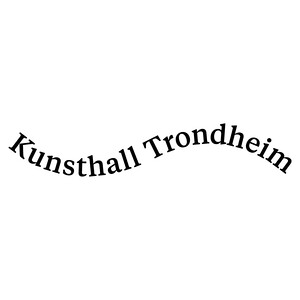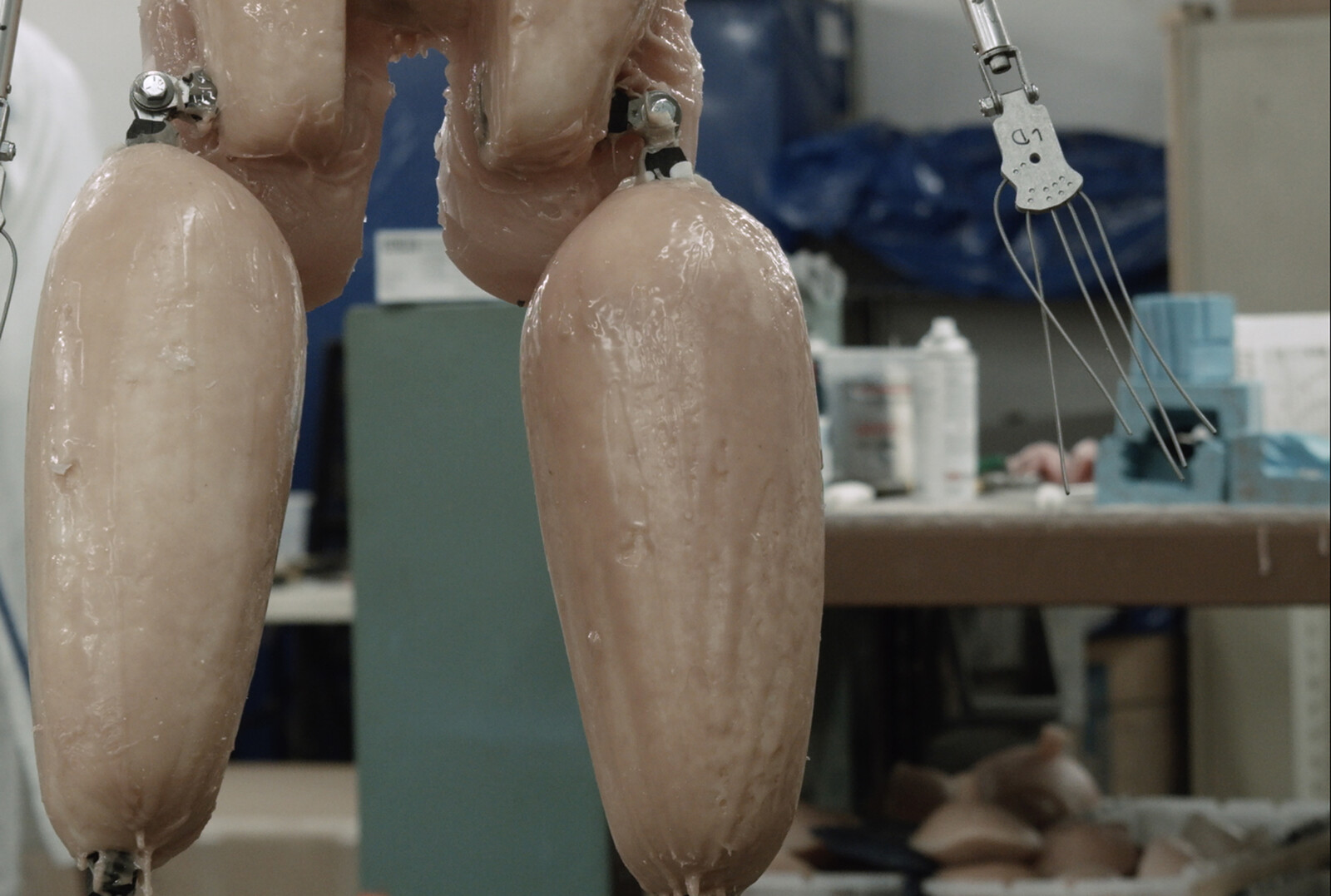Francine (was a machine)
January 17–April 28, 2019
Kongens gate 2
7011 Trondheim
Norway
Hours: Thursday–Friday 2–6pm,
Saturday–Sunday 12–4pm
T +47 485 00 100
office@kunsthalltrondheim.no
“I want to tell a story”—that’s how Marte Aas’ new film starts. The story that she is relating to is the one about René Descartes’ mechanical daughter, a fable about a man of rationality and science creating a human-looking machine in the place of his dead daughter Francine. During a travel through a storm at sea, the seamen discovered the doll in Descartes’ cabin and horrified threw it into the ocean.
Francine was a machine, an automaton, an early cousin to today’s Sophias, soon becoming normal parts of everyday life-like the fridge, maybe already quite intelligent and greeting us with a stiff smile, if we care to notice it? In Aas’ works the everyday is animated with a gaze that presents us with something that is familiar but undefined—in a way that is reminiscent of of the naive gaze of a stranger encountering a new place, or that confused moment we can experience before interpretation sets in. Throughout her oeuvre she applies this gaze, which also is a trust in the image and in the camera. Given time—what will emerge? What can be seen? In the seemingly ordinary and everyday, layers and new meaning surprisingly appear.
Aas’ imagery is precise. Eminent composition and rhythm can remind of someone like the filmmaker Chantal Akerman, and like Akerman she chooses sometimes to let very little actually happen. But there is in fact also a lot of play with the image itself—stop motion sequences, super imposed images and still images that interrupt the filmic flow. In a similar way, the still images can be split up in parts that interact, and sculptural elements can be added to extend the work out into the room.
The everyday has often been her motive, an everyday which today is changing. Not only can’t we still say that the weather is its own master, the climate changes make it clear that weather phenomena are under human agency. The human is on the other hand, becoming a floating entity. Borders are blurred and this new ordinariness is evident in Aas’ imagery. Also sound plays an important role in her films—not being directly related to the image, it adds to the complexity, adding a layer of meaning we might not be aware of at first, except as a feeling of something not quite graspable, something a bit off that often contradicts or complicates the image.
“I am everything,” says the voice in the film I am the Weather. The “I” could be the weather, but it could also be the human, the “I” behind the climate changes, the inventor and user of artificial intelligence and the rest of the digital world, which through heavy consumption of the electricity that runs all the hardware, pumps massive amounts of CO2 into the atmosphere and changes the colour of the skies—and so creates the need for artificial weather.
Far from the artificial intelligence in Francine was a Machine, the hand of sculptor Hanne Tyrmi remains a knowledgeable tool for the material and tactile aspects of art. Flesh and Stone is filmed and presented on 16mm film, charging it with the materiality of the celluloid film strip. The hand represents another kind of intelligence, the kind with which we meet the world physically, and interact with it through our bodies. Like in Marte Aas’ other works there are a correspondence taking place between the human and the world around her. We are not the sole agent here.
The dog in What I Miss About People, and What I Don’t Miss About People, seems to be living in a world where humans are gone. She wanders around in a deserted quarry, remembering smells, sounds, and voices. She does not miss her own name but she misses that someone calls it.


